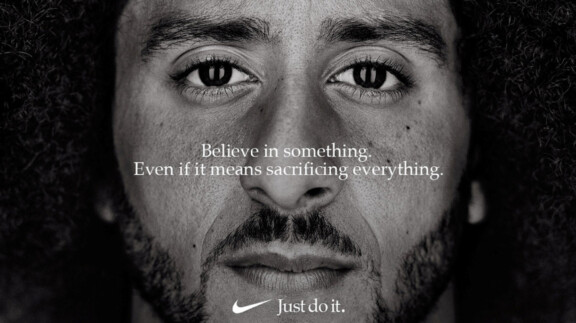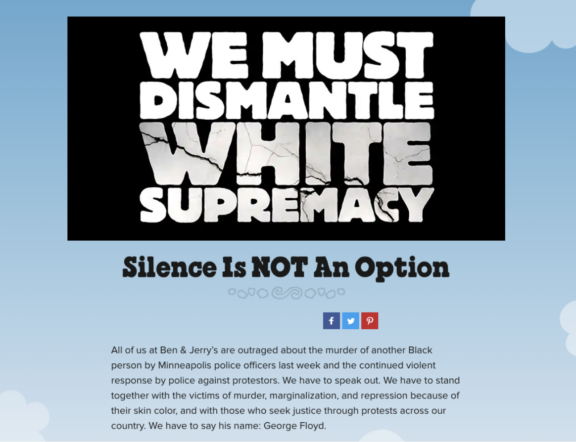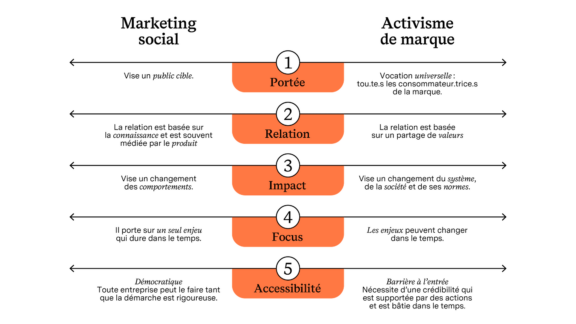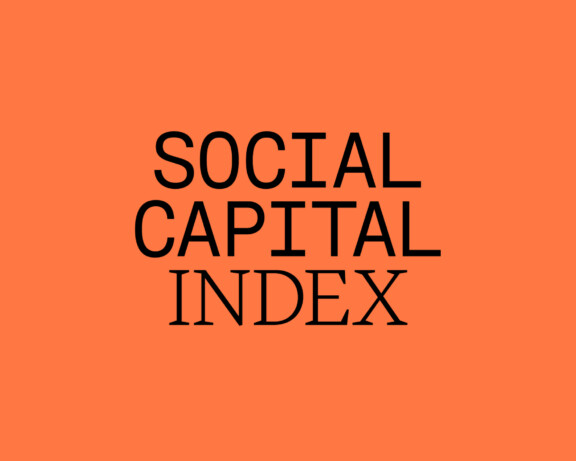Distinguishing social marketing from brand activism

Share:
In this article, we’ll take a closer look at the two approaches in order to explore how brands can use these tools to make a positive contribution to today’s social, political and environmental issues.
The Pepsi fiasco
n 2017, Pepsi launched its new ad “Pepsi Live for Now,” which featured a peace rally where people carried generic protest signs. Kendall Jenner, a well-known model, joined the protest and offered a can of Pepsi to a police officer as a symbol of reconciliation.
In the days that followed the ad launch, a general indignation gathered steam as people expressed their anger on social networks, criticizing Pepsi for exploiting protest movements for commercial gain and minimizing the struggle of social and political activist movements such as Black Lives Matter and the Women’s March on Washington. Calls for a boycott increased.
Pepsi decided to withdraw the ad and publicly apologized for its lack of respect for and understanding of the protest movements in question and the issues they raise.
But Pepsi is just one example among many other brands that have found themselves faced with harsh public criticism due to the way their political engagement—or what has been perceived as such—has been interpreted by consumers.
Think of Ben & Jerry’s and abortion rights, Patagonia and the environment, Gillette and toxic masculinity, and Nike and police violence towards black people: Faced with growing expectations for brands to engage with social or political issues, companies have increasingly started taking positions on some of the biggest societal issues of our time.

The adoption of marketing strategies that sensitize consumers to important issues and encourage them to act leads into a larger consideration of the way in which brands can have a positive impact on social issues.
Social marketing: Influencing behaviour for the better
In 1894, during a devastating cholera epidemic, Lever Brothers—which would later become Unilever—launched Lifebuoy, an innovative and economical bar of soap that was intended to protect communities against the illness. One hundred and fourteen years later, Lifebuoy launches Global Handwashing Day, an international day that is recognized by the United Nations and promotes the crucial importance of washing your hands with soap to reduce the spread of illness.
The figures related to this issue are alarming: Over 3.5 million children under the age of five die each year from diarrhea and severe respiratory infections when half of these deaths could have been avoided through simple handwashing with soap. The goal of declaring this international day is to change the behaviour of billions of consumers around the world with regard to hygiene, thereby contributing to reducing infant mortality. To reach this ambitious goal, Lifebuoy supported handwashing programs such as School of Five and H for Handwashing CEOs in schools, in addition to promoting awareness campaigns such as the ad series “Help a Child Reach 5.”
Thanks to these initiatives, Lifebuoy was able to achieve its goals and increased the rate of handwashing, which led to a significant reduction in hygiene-related illnesses.
This is known as social marketing, a concept developed in 1971 by Philip Kotler and Gerald Zaltman in their article Social Marketing: An Approach to Planned Social Change, which uses the principles and tools of marketing to influence the behaviour of a targeted audience, with the goal being to improve lives and achieve social change.
Like traditional marketing, social marketing relies on a rigorous planning process that must include elements such as targeted audience analysis, contextual analysis, positioning, distribution channels, key messages, tracking, and evaluation. It also requires a deep understanding of the social issue to be resolved and clearly defined objectives for behavioural change to design an effective strategy.
Today, social marketing is widely used to encourage behaviours that will benefit health, reduce risky behaviour, and promote positive social change in a range of sectors such as health, the environment, and road safety, amongst others.
Brand activism: Changing the system
Social marketing has a very specific effect, since it involves a targeted social issue within an audience whose behaviour we are trying to change. But what do you do if you want to take things further than just a campaign? What if you want to raise the stakes by targeting a larger audience and making deeper changes in social norms and behaviours?
Take, for example, racism in the United States. This is a systemic issue, which means it manifests itself in the ways in which social structures, institutions, and laws have been determined. No social marketing campaign can solve this issue, because the complexity of the problem makes targeting a specific behaviour or particular audience pointless.

This is why Ben & Jerry’s has adopted a number of major initiatives over the years to sensitize a wider audience to and incite action on institutional racism.
In 2016, the day after Keith Lamont Scott was killed by a police officer in Charlotte, the ice cream brand decided to align itself for the first time with the Black Lives Matter movement and encourage its customers to learn more about the issue. The brand then published a blog post presenting seven examples of systemic racism in American society, covering issues ranging from access to health care to employment opportunities.
In 2020, after the protests and riots following the death of George Floyd and when other brands were limiting their reactions to posting black squares on their Instagram feeds, Ben & Jerry’s took things further by releasing a powerful statement calling on Americans to “dismantle white supremacy” and “fight against the sins of our past.”
And the brand didn’t stop at raising awareness through blog articles. It established a number of concrete initiatives, such as calling on President Trump to embark on an official national peace and reconciliation process, launching the flavour Justice ReMix’d in partnership with the Advancement Project, a multiracial organization to defend civil rights, and even committing to support the People’s Response Act (PRA), legislation proposing a health-centred, inclusive approach to public safety.
Ben & Jerry’s is an example of a company practising brand activism, or in other words a commitment to social or political issues, supported by concrete initiatives, that corresponds to the fundamental values or founding vision of the business.
Brands that pursue activist agendas do not limit themselves to making statements about certain social or environmental problems. They deploy initiatives to provoke action on the part of their audiences—those with whom they share values, going beyond a mere business relationship—towards advancing a social, political or environmental issue. The goal is to provoke social change through complementary activities that stimulate the collective conscience and influence political decision making, which goes beyond a single behavioural change.
Such activities owe their success to the authenticity and consistency of the brand—it’s not just about leading specific initiatives, but instead using the credibility built up by the brand after many years of taking positions on other major issues, such as climate change, refugee resettlement, and trans rights.
Asking the right questions
In closing, it’s important to emphasize that social marketing and brand activism are two closely related concepts that also have major differences. While brand activism can emerge spontaneously and organically, social marketing campaigns are often well planned and structured. However, the differences don’t stop there. I would therefore like to offer the following five distinctions between the two concepts.

Any brand that intends to assume a position on an issue needs to determine which issue it wants to help resolve and the kind of impact it hopes to achieve, the scope of its activities and the kind of relationship it would like to build with its audience, and finally whether it has everything necessary to ensure its activities are taken seriously and will be effective.
Such questions are not always easy to answer, and the answers themselves will be different for each brand. But this first step is a must for understanding how your brand can play a bigger role in today’s social and political conversations.
At Republik, we’ve gained specialized expertise in the design and implementation of social marketing campaigns. Come and talk to us.


